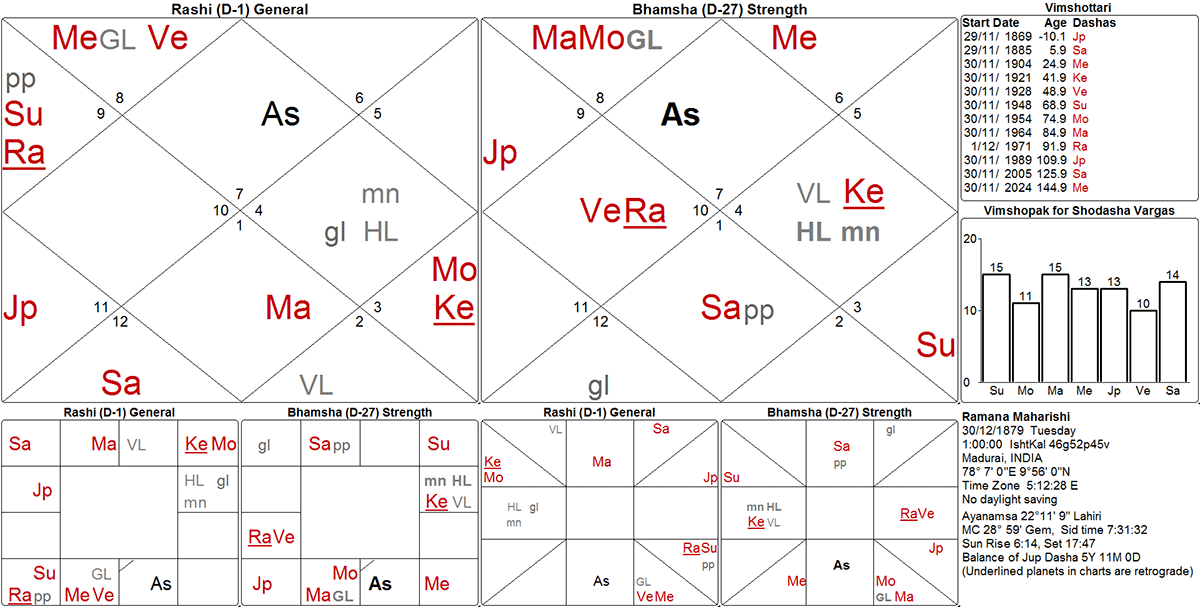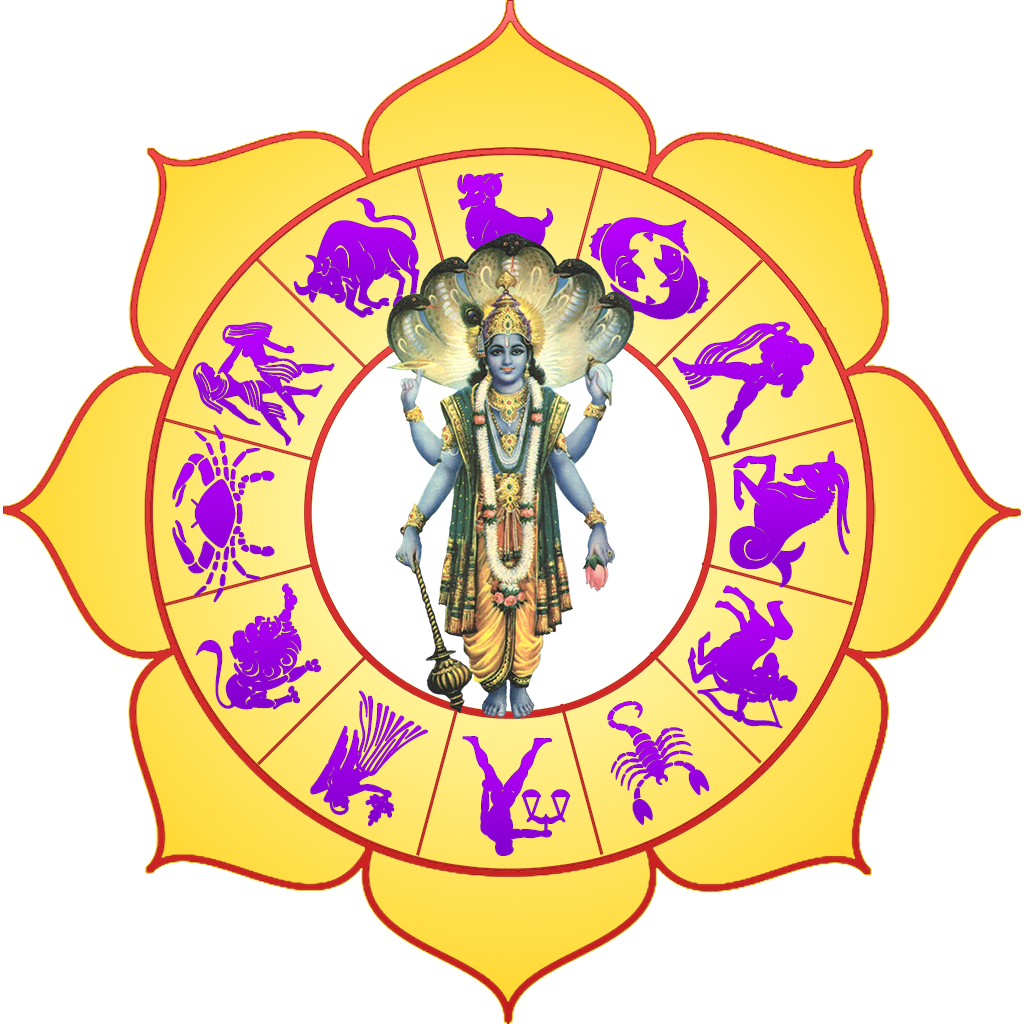Tag: D27
D27: Bhāṁśa Slides
This is a peculiar division as the one-twenty-seventh portion of a sign equals 1°06’40”. Now the one-twelfth portion of a nakṣatra equals the same 1°06’40”….
D27: Bhāṁśa
Introduction Bhāṁśa is from the word (and letter) भ (bha) referring to the bha-chakra or the zodiac composed of 27 nakṣatra. The letter भ (bha)…




